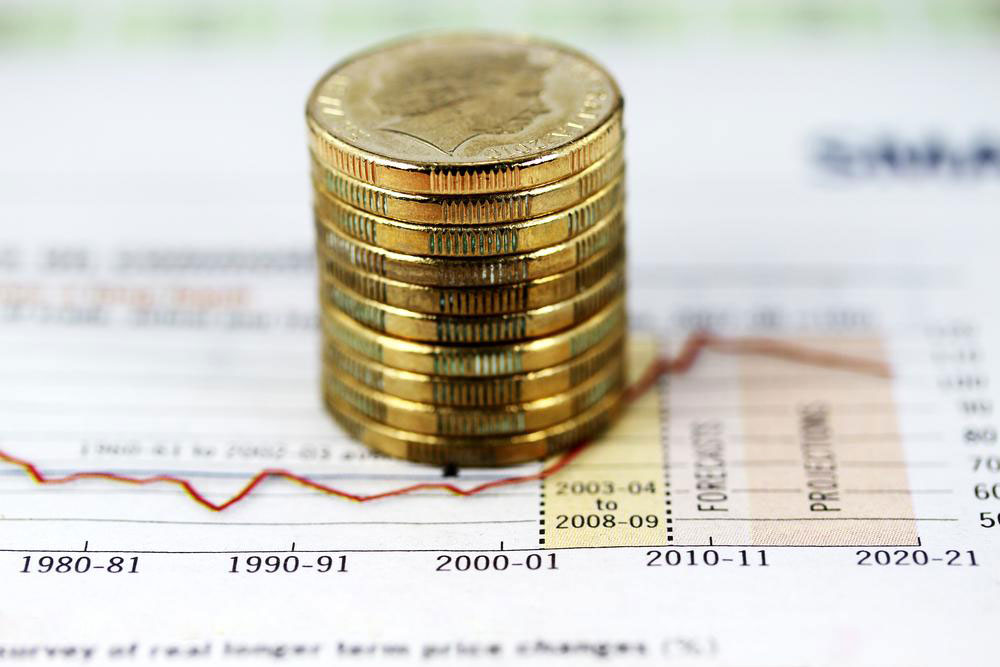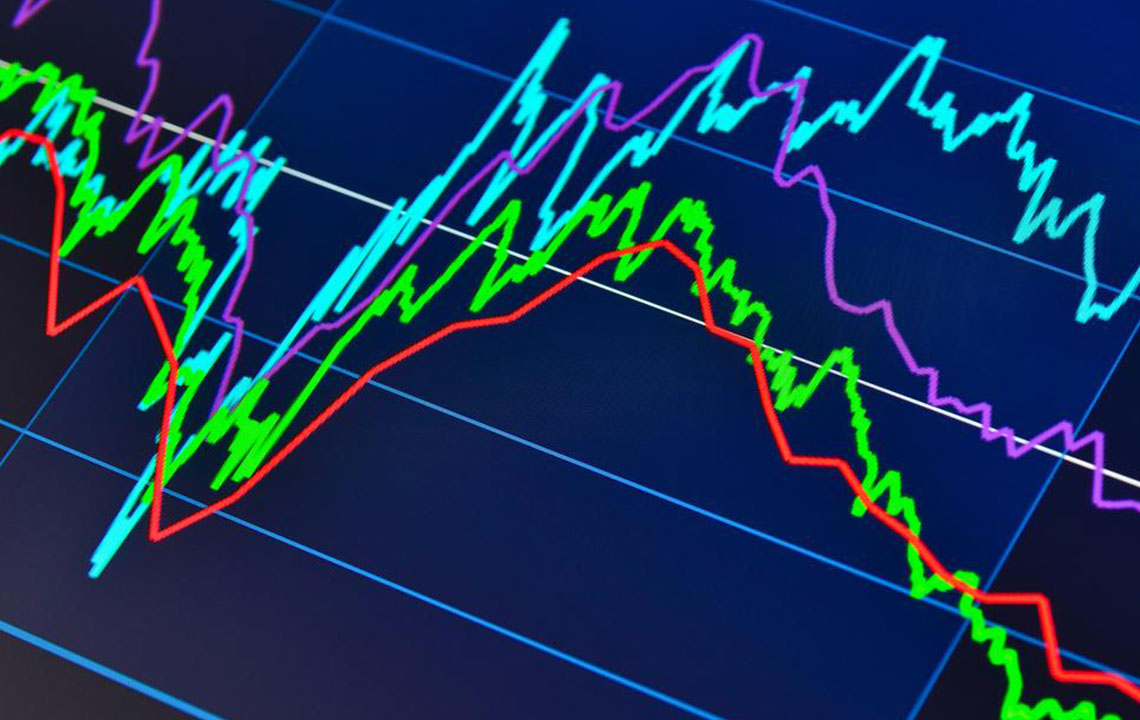Strategic Insights: The Importance of Incorporating Gold into Your Investment Portfolio in 2017
In 2017, investing in gold is increasingly considered a strategic move amid global economic upheavals. Rising inflation, political tensions, and a weakening dollar make gold a safe haven. This comprehensive guide explores why gold should be a core part of your investment portfolio, highlighting key factors like market uncertainty, currency fluctuations, and central bank holdings that influence gold’s value. With high growth potential and strong historical resilience, gold offers a protective hedge against volatility, making it a vital asset for diversified investment strategies this year.

Why Investing in Gold in 2017 Is a Smart Financial Move
As the calendar turns to 2017, investors worldwide are reassessing their portfolios, increasingly recognizing the value of gold as a vital safe haven during times of economic uncertainty. Despite the ongoing strength of global markets, various geopolitical and economic factors are fueling demand for this precious metal. Political instability, rising inflation rates, and a weakening U.S. dollar are among the primary catalysts encouraging investors to allocate more funds to gold. Recently, gold prices have surged, reaching their highest levels in three months, appreciating approximately 7.5% this year. This robust performance marks its most significant gain since November 2010 and highlights gold’s resilience as an investment asset in turbulent economic climates.
So, why should you consider including gold in your 2017 investment strategy? Let’s explore the compelling reasons why gold remains an essential component of diversified portfolios this year.
Key Factors Driving Gold Investment Momentum in 2017
Declining bond yields coupled with rising inflation make gold an increasingly attractive alternative asset. When bond yields fall below inflation rates, investors look toward physical assets like gold to preserve their wealth. Additionally, ongoing geopolitical tensions, trade disputes, and economic uncertainties bolster gold’s appeal as a safe refuge. The recent decline in the U.S. dollar—about 7% so far this year—further enhances gold’s attractiveness, especially if stock markets experience volatility or downturns.
Gold emerges as a promising investment option: Financial analysts project gold prices to range between $1200 and $1500 per ounce in 2017, underscoring its potential for steady growth and wealth preservation throughout the year.
Strategic purchasing opportunities: Market unpredictability driven by fundamental economic shifts accentuates the importance of investing in tangible assets like gold that tend to retain value during turbulent times.
Protection during economic crises: Historical data point to periods of global economic upheaval — akin to wartime scenarios — where gold acts as a reliable safe harbor. When economic indicators turn grim, investors often shift their assets into government bonds and gold, viewing these as safe stores of value amidst sluggish global trade and declining commodity prices.
Declining confidence in fiat currencies: As governments pursue expansive monetary policies, trust in paper currencies diminishes. Gold, being a tangible asset unaffected by inflation or policy shifts, continues to serve as a stable store of wealth.
Impact of currency fluctuations: A weakening dollar often correlates with higher gold prices, offering investors a hedge against currency devaluation. Conversely, a strengthening dollar typically depresses gold prices, making the current dollar weakness a favorable environment for gold investments.
Economic and banking stability concerns: Growing apprehension about banking crises and financial system stability encourage investors to seek refuge in gold, which is viewed as a resilient asset during times of economic instability.
Central bank gold reserves: Central banks hold approximately 18% of the world's gold reserves, representing a significant role of gold in maintaining monetary stability. Central banks actively buy and sell gold to manage reserves and signal confidence in their economies, directly influencing gold price dynamics.
Interest rates and gold: Although traditionally high interest rates tend to depress gold prices since gold does not yield interest, long-term fundamentals suggest that gold remains essential for wealth preservation regardless of rate movements. Its role as a safe, tangible asset continues to hold strong amid fluctuating rates.
Supply and demand factors: The finite above-ground gold stock, coupled with increasing demand driven by investors seeking hedges against inflation and market volatility, influences gold prices. As demand surges, supply levels adjust, maintaining gold’s position as a reliable hedge in uncertain economic conditions.
Preparing to navigate the complex global financial landscape in 2017 requires strategic diversification, and gold plays a crucial part in this approach. Its historical role as a safe haven and wealth protector makes it an indispensable component of well-rounded investment portfolios, especially when economic stability remains uncertain and geopolitical risks persist.





